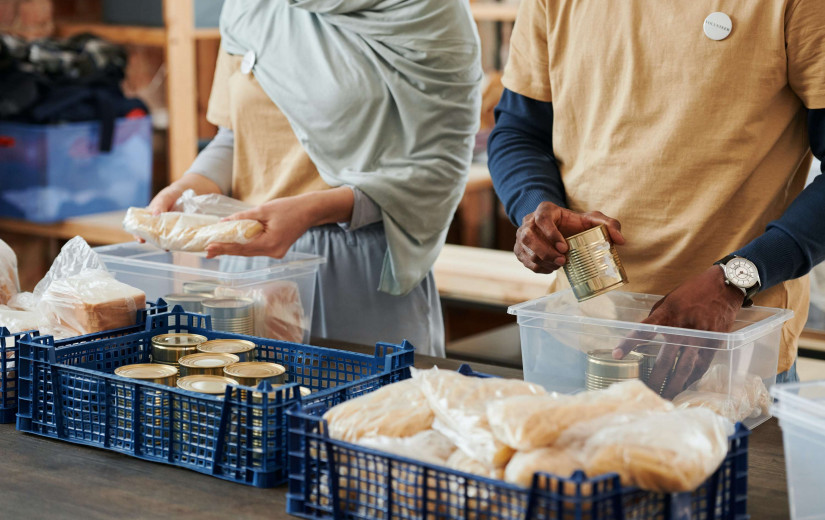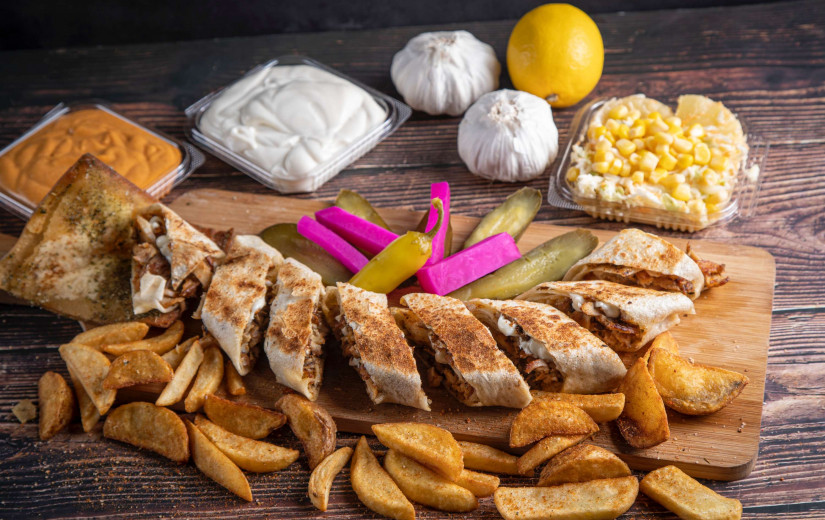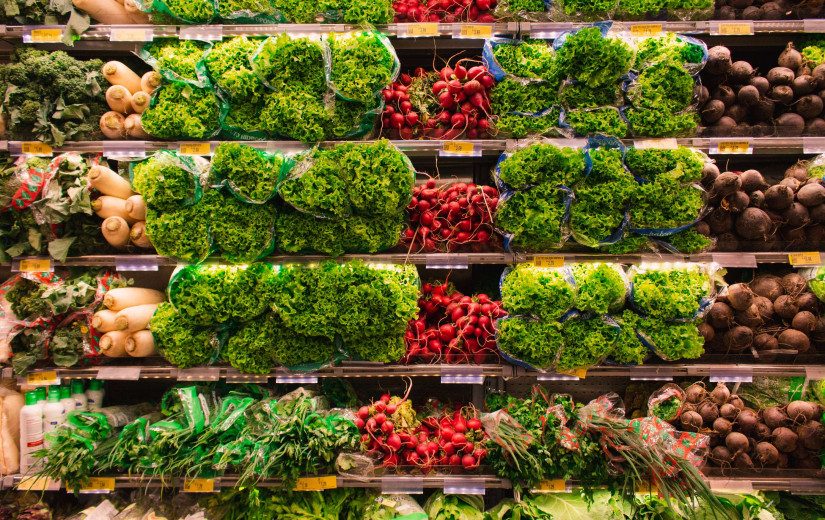A Guide to Maximizing Food Benefits and Minimizing Costs
Recent world events have many people scrambling to cover their bills. If you are facing challenges, from covering your rent to buying food, there is help available. Consider the tips below to keep your household fed.
Benefit Options
Find out if you qualify for SNAP, or the Supplemental Nutritional Assistance Program. Be aware that it may take time to qualify, so do apply as soon as you see trouble heading your way.
Once you are granted SNAP, you'll receive a card for EBT, or electronic benefits transfer. You can use this card to purchase approved products, including foods such as
- fruits and vegetables
- meat and dairy products
- bread, cereal and baby formula
Paper products and cleaning supplies are not included in SNAP benefits.
Do check your region for farmers markets. Some of these organizations will take SNAP benefits. Others offer unsold produce to local food banks.
Check Out Food Banks
A trip to a food bank can be the quickest way to fill an empty cupboard. While not everything on the shelf will suit your family, there's a good chance that you can get boxed dinners, pasta, oats, rice and even beans.
Once you know where your food bank is located, check into volunteering opportunities. If your financial crisis is related to the loss of a job, a weekly visit to help unload a truck can provide you with several benefits.
First of all, you'll have an appointment that will force you to leave the house. You'll be able to review products available and may be invited to fill a box for your family. Finally, you'll be volunteering with others in your community, some of who may be able to help you in your job search.
Look for Hygiene Pantries
Local hygiene pantries can offer relief if you're short on cash. While SNAP benefits on your EBT card can help you get food, a hygiene pantry can help you stock up on
- toilet paper and paper towels
- toothpaste and soap
- feminine products
Hygiene pantries are generally not open as often as food pantries. You may need to be there on a Saturday morning once a month to gain the benefits offered by these organizations. However, a visit to one of these events can save a great deal of your limited cash.
Don't Forget WIC
If you have a child under 5 years old, are pregnant or are nursing, you can also get a WIC card. In fact, qualifying for SNAP means that you automatically qualify for WIC if you fulfill the other requirements. Food for both children and adults may be covered by WIC in your state, including
- eggs, cheese, peanut butter and canned fish
- fresh produce and canned vegetables
- cereal for adults and children
Do check the WIC offerings in your state before you shop; not all products listed above are covered by each state.
Check With Your Child's School
If your child can get both breakfast and lunch at their school, apply for reduced or free lunch immediately. Share your situation with leaders at the school; some communities offer a feeding program that allows children to take non-perishable food home on Friday.
These programs include a special backpack that the child is given during their school day before the weekend. Just make sure that your child brings the backpack back to school the following week.
Build Your Skills
Unfortunately, WIC and SNAP don't offer benefits for previously prepared food. A single saucepan can be used to cook oatmeal, rice, or pasta. A single skillet can be used to cook hamburger. As you increase your skills in the kitchen, visit local thrift stores. Keep your eyes peeled for a crock pot. Slow cookers aren't especially glamorous, but they are especially useful when you're trying to focus on frugal cooking.
Bottom Line
If you're struggling to cover groceries, apply for SNAP. If you have children, ask about WIC. Visit your local food bank, both to get food and to help if you can. Ask about hygiene pantries in your community. Build a repertoire of foods that you can prepare from the ingredients your EBT card will allow you to buy to feed your family.

















